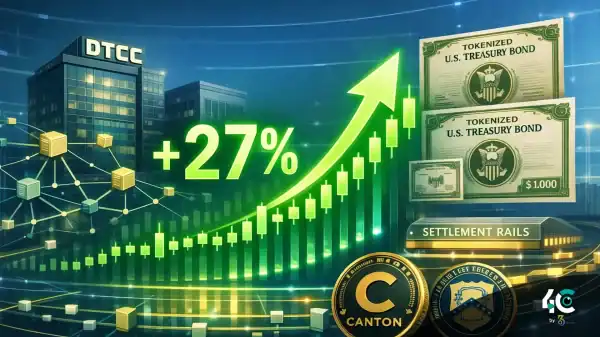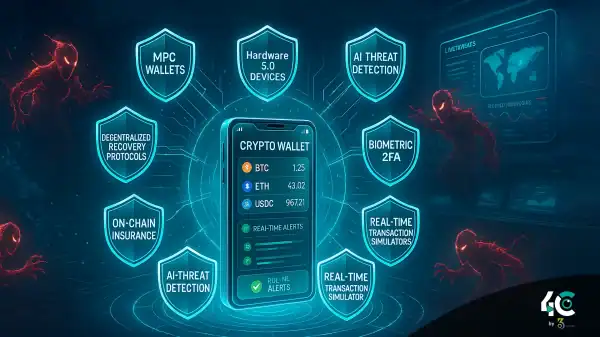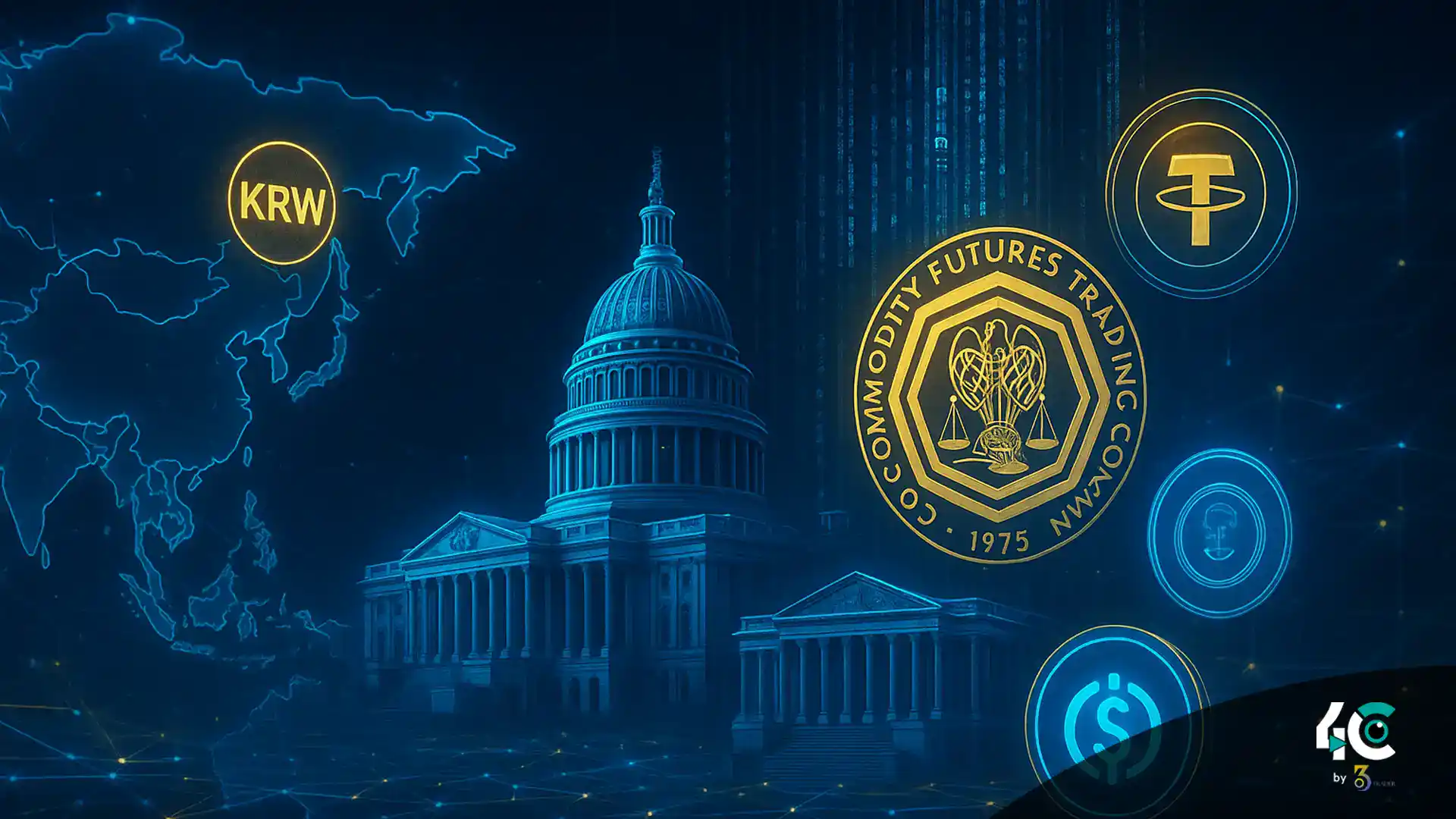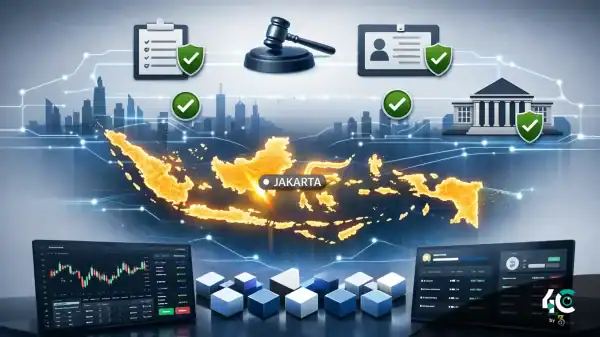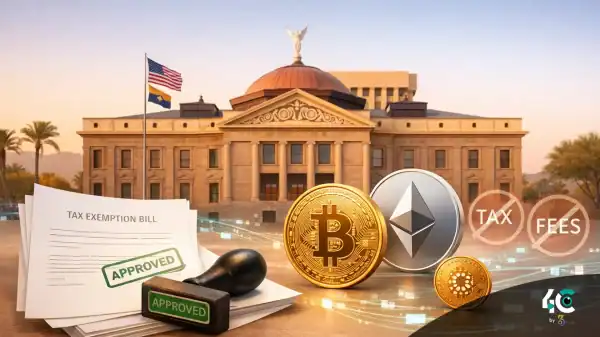🌏 1. Asia Races Ahead with CNH and KRW Stablecoins 💸
Asia is stepping into the global stablecoin arena. This week, AnchorX launched AxCNH at Hong Kong’s Belt and Road Summit, the world’s first regulated yuan stablecoin for cross-border trade. The CNH token is intended to promote payment arrangements between Belt and Road Initiative countries in the Middle East, Europe, and on maritime routes.
Following China, South Korea introduced KRW1, a won-pegged stablecoin issued by BDACS. Both coins are overcollateralized and fully backed 1:1 by government debt or fiat, signaling strong institutional confidence.
Analysts see stablecoins as more than financial tools—they are geo-strategic assets that increase global access to fiat, reduce inflationary risk, and indirectly create long-dated holders of sovereign debt. Platforms like Tether and Circle USDC now hold more U.S. dollars than some nations, including Canada and Norway.
Financial strategist Anton Kobyakov notes that stablecoins can ensure currency accessibility worldwide and support national debt markets.
💰 2. UAE and US Advance Crypto Tax Frameworks 🌍
Global regulators are moving to improve crypto taxation. The UAE Ministry of Finance has revealed plans to implement the Crypto-Asset Reporting Framework (CARF) starting in 2027, with the first automatic exchange of tax data scheduled for 2028. Public consultation for this framework is open until November 8, allowing exchanges, traders, and advisors to provide input.
In the U.S., the Senate Finance Committee chaired by Senator Mike Crapo will hold hearings on crypto taxes. Experts from Coinbase and Coin Center will discuss taxation of mining, staking, and stablecoin rewards, while lawmakers like Senator Cynthia Lummis advocate for fairer treatment for miners and stakers.
Coordinated tax reporting and updated regulatory frameworks aim to clarify compliance strategies for global crypto investors.
📈 3. CFTC Eyes Stablecoins as Derivatives Collateral 💎
The Commodity Futures Trading Commission (CFTC) is exploring using stablecoins and tokenized assets as collateral in derivatives markets. Major stakeholders—including Circle, Tether, Ripple, Coinbase, and Crypto.com—support the initiative.
Chair Caroline Pham called stablecoins the “killer app” for regulated finance, allowing licensed U.S. stablecoins to operate like cash or U.S. Treasurys. Public comments on tokenized collateral are open until October 20, 2025.
This plan aligns with the GENIUS Act, which governs licensed U.S. stablecoins. Paul Grewal of Coinbase noted that tokenized collateral is key for institutional adoption, transparency, and keeping pace with a rapidly evolving financial landscape.
🌐 4. Regulations and Innovations on a Global Scale
Stablecoins, taxes, and derivatives are converging globally, creating a new financial ecosystem. The CFTC emphasizes stablecoins’ importance for regulated finance, while the UAE and U.S. refine crypto tax policies, and Asia leads with regulated stablecoins.
This week highlights the intersection of technology, policy, and market adoption, preparing the world for the next phase of global digital finance. Crypto participants and investors must remain vigilant as rules and innovations evolve almost weekly.





